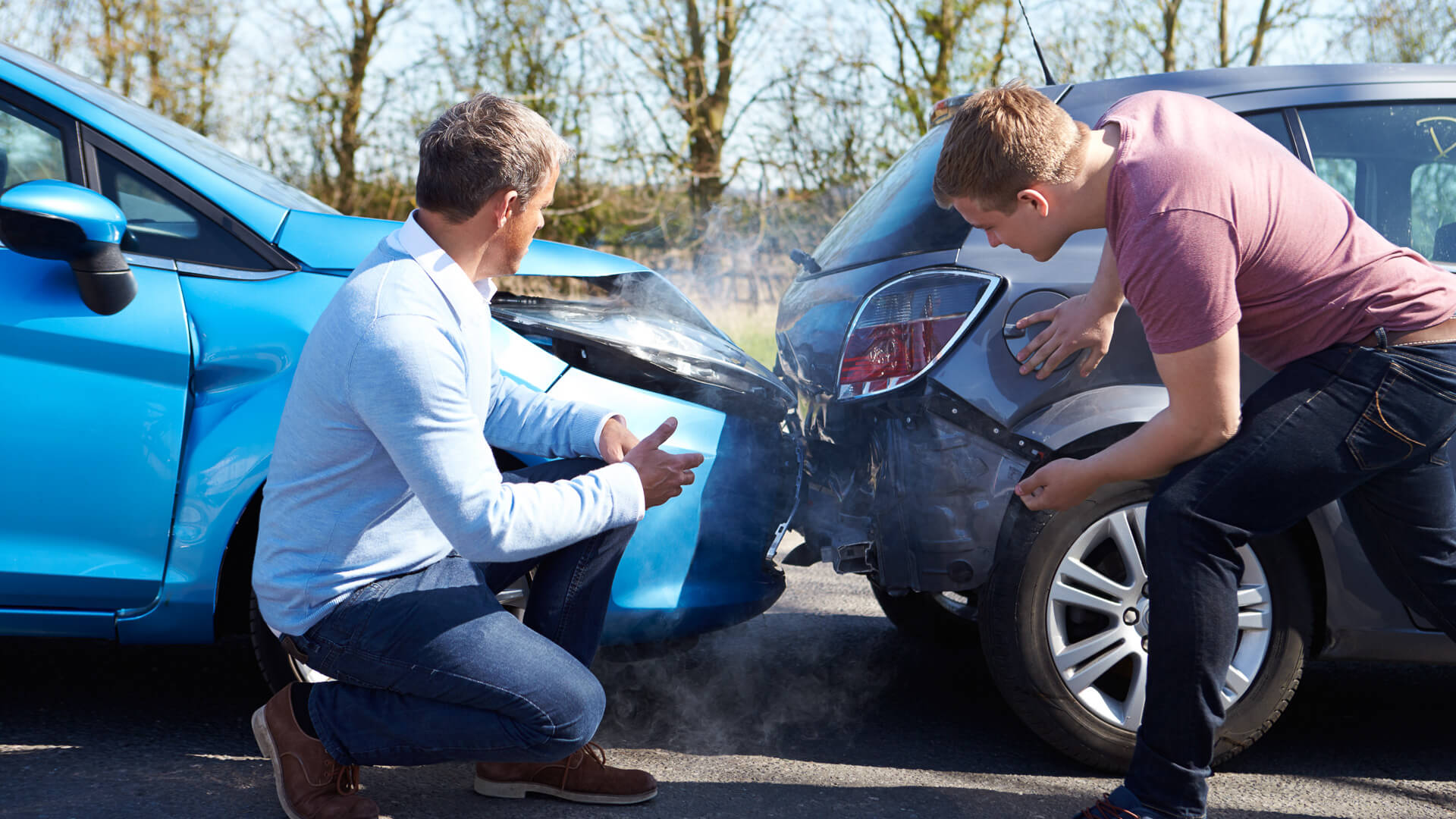
WHAT ARE THE FINANCIAL REPERCUSSIONS OF DRIVING WITHOUT INSURANCE?
Thinking of skipping out on car insurance? It might seem like a cost-saving move at first, but the financial implications of driving uninsured can be massive and multifaceted. Let’s dive into the details.
Read More: 6 Hybrid Vehicles To Stay Away From Buying
Find Out: How To Get $340 Per Year in Cash Back on Gas and Other Things You Already Buy
The Immediate Costs of an Accident
If you’re involved in a car accident and lack insurance, you are personally responsible for all resulting expenses. Average repair costs after a collision can range significantly depending on the severity of the damage and the type of your vehicle.
Minor damages like scratch repairs or windshield crack repairs could cost between $150 to $2,500 and $20 to $600 respectively. More severe damages like frame or engine repairs could escalate from $600 to $10,000 and $1,000 to $7,500 respectively.
Not to mention, if there are injuries, medical bills could add a hefty sum to this burden.
Trending Now: 4 Sneaky Car Dealership Scams That Will Be Illegal in 2024
Fines and Legal Penalties
Driving without insurance can lead to substantial fines that vary by state. If caught, you could face penalties that often increase with repeated offenses.
For first-time offenders, fines can range from $50 to $2,000, depending on the specific laws of the state where the offense occurs. And these fines are just the beginning; the administrative hassle and potential legal proceedings can also be a significant drain on your finances and time.
Repeated offenses usually result in higher fines and additional penalties like license suspension or even jail time.
Increased Insurance Rates in the Future
Once you decide to get insured after a period of being uninsured, expect your premiums to be higher. Insurance companies view lapses in coverage as increased risk, which can lead to steep increases in your rates.
If the lapse is 30 days or less, the average rate increase is about 8%, but if the lapse exceeds 30 days, the average increase jumps to about 35%.
Some insurers, like Hugo and Travelers, might have specific rate increases of 7% and 25% respectively after a lapse, depending on the duration of the lapse and the insurer’s policies.
The initial savings from not paying insurance premiums can easily be outweighed by the higher costs of insurance in the future.
Liability Nightmares
If you’re at fault in a serious accident without insurance, you could be liable for enormous costs. This could include compensation for property damages, medical expenses for injuries to other parties and potentially legal costs if the case goes to court.
These expenses can run into hundreds of thousands of dollars, threatening your financial stability and assets.
The Takeaway
Driving without insurance is a gamble with high stakes. The immediate savings are far outweighed by the potential costs of repairs, legal fines, increased future premiums and liability in the event of an accident.
To protect yourself financially, maintaining adequate car insurance is crucial. It ensures that you’re covered, not just for your own expenses but also for any damages or injuries you might cause to others.
Editor's note: This article was produced via automated technology and then fine-tuned and verified for accuracy by a member of GOBankingRates' editorial team.
More From GOBankingRates
- I'm a Shopping Expert: 9 Items I'd Never Put in My Grocery Cart
- 10 Cars That Outlast the Average Vehicle
- This is One of the Best Ways to Boost Your Retirement Savings in 2024
- 7 Things You'll Be Happy You Downgraded in Retirement
This article originally appeared on GOBankingRates.com: What Are the Financial Repercussions of Driving Without Insurance?
2024-04-26T19:08:38Z dg43tfdfdgfd